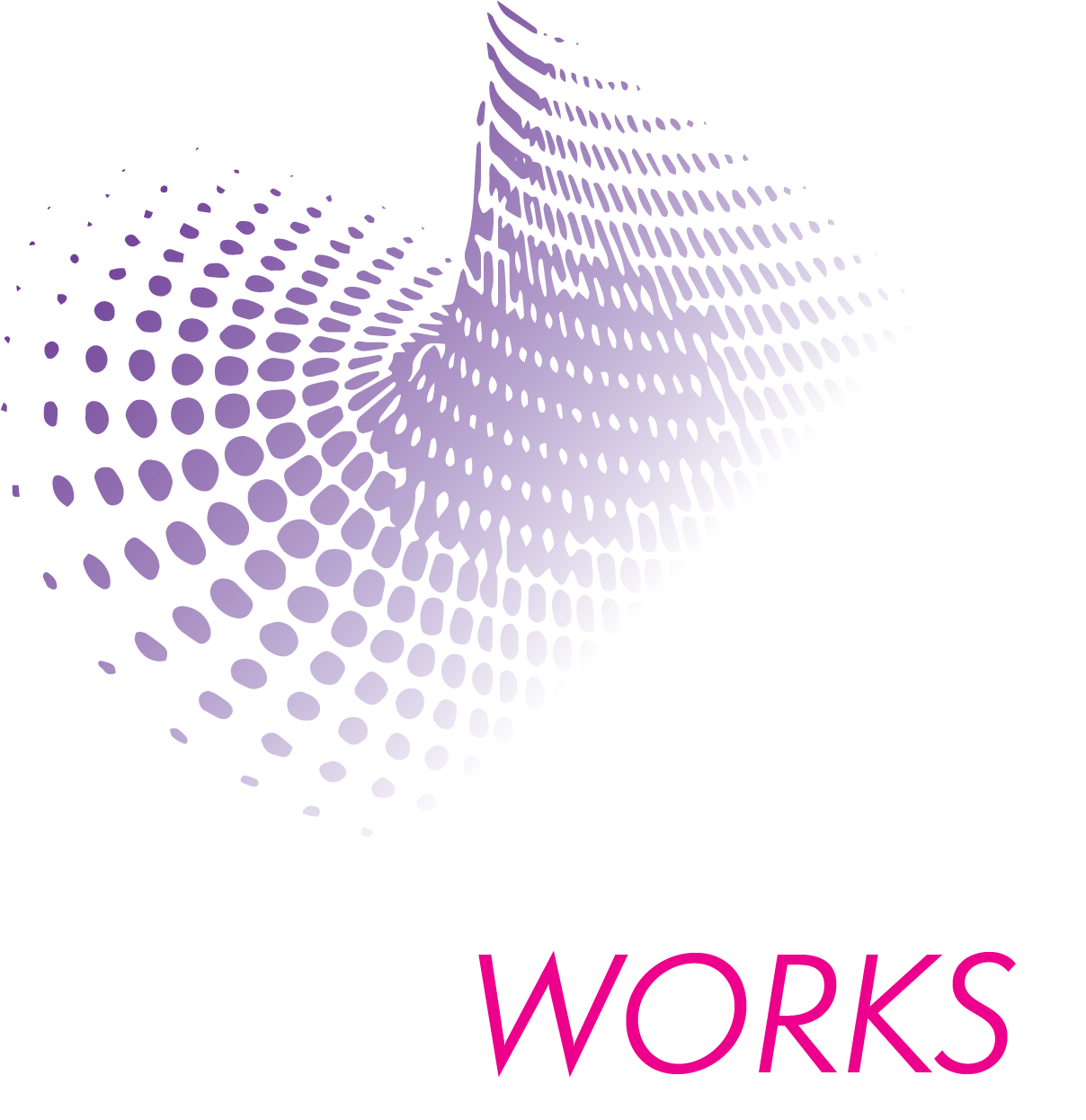When I was a child I learned to equate masculine and feminine dynamics in an effort to be sure that men and women had equal opportunities and rights. I learned—whether or not it was what anyone was trying to teach me—that the differences between genders, sexes, and the energetic dynamics between them, were completely social constructions that should be ignored. From this I gained a willingness to integrate feminine dynamics within my masculine identity. This is part of what made it possible for me to explore dance so deeply. And yet, neither masculine and feminine forces nor men and women are actually the same—equal value need not imply sameness. By recognizing only the same-ness of sexed/gendered architypes, I had missed the value of polarity and difference. It has been potent for me to differentiate the masculine and feminine dynamics in myself and with others as I have matured.
It’s key to recognize that as men and women we all carry both masculine and feminine dynamics. These are elemental, archetypal energies that generate polarity with each other. I shared a video in my last post that explored these dynamics through the lens of Pilates, conceptualizing the masculine as the structural elements of the movement, and the feminine as the experiential ‘dropping-in’ within the container of that structure. I’d like to acknowledge that this is a limited way of seeing, yet that this limitation offers some benefits—it’s a simplified starting place to dig into something both deeper and ineffable. The point of sharing this is not that you need to adhere to these dynamics in any way, but rather that if you notice them taking place in your life you may have greater power to affect your experience if you use them consciously.
In this week’s video my friend Jessica Maitri and I explore and speak to using these energies while dancing/moving together. It has been fascinating to play consciously with this together particularly as Jess doesn’t have much background with Contact Improvisation, yet she has worked extensively with these sexed/gendered dynamics in herself. We set up these roles physically in our dance and then consciously reversed who was in each role. The exercise helped us drop in with each other, bringing our dance to life in enjoyable and surprising ways.
Jessica and I will be offering a workshop for those of you in Boise based on these ideas on the Sunday before Valentines day. Check it out: Somatic Sexuality: Intimacy and Power in Polarity.
